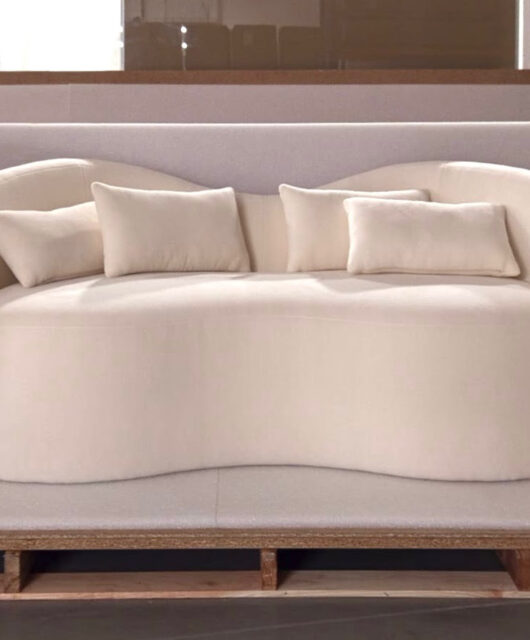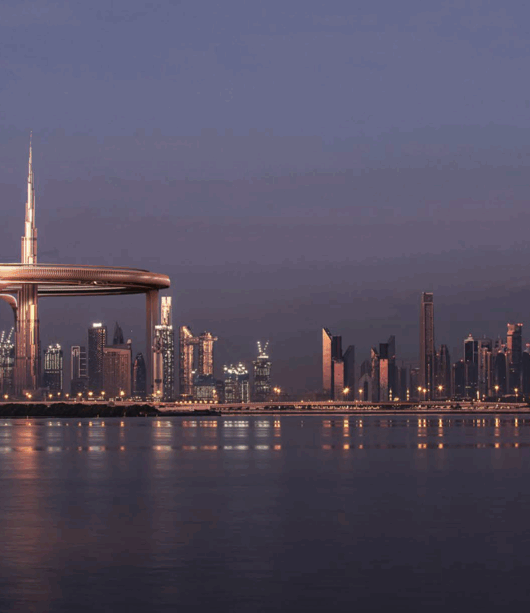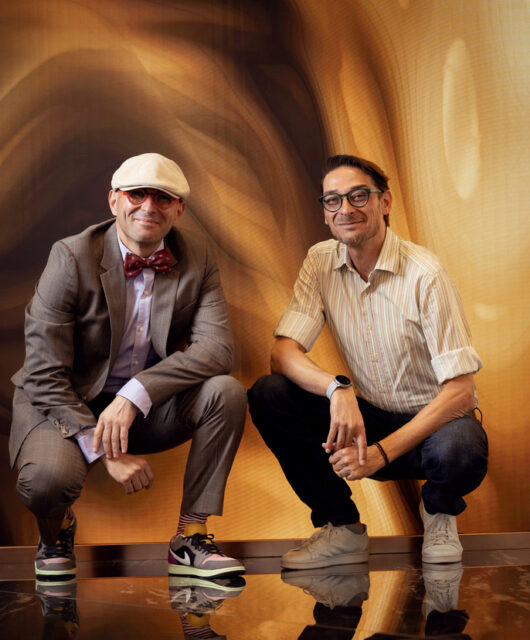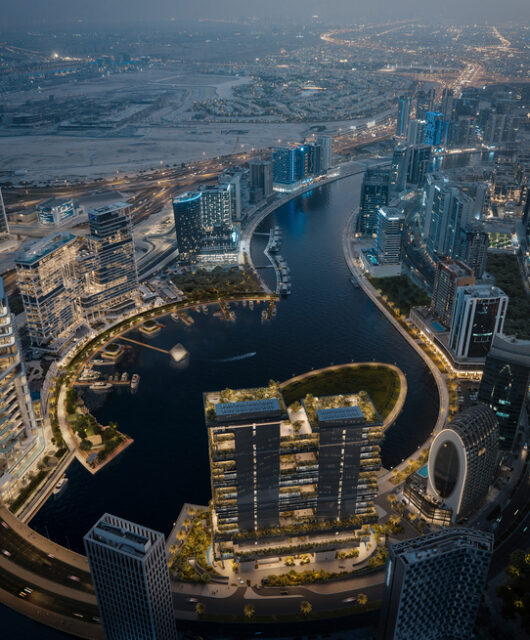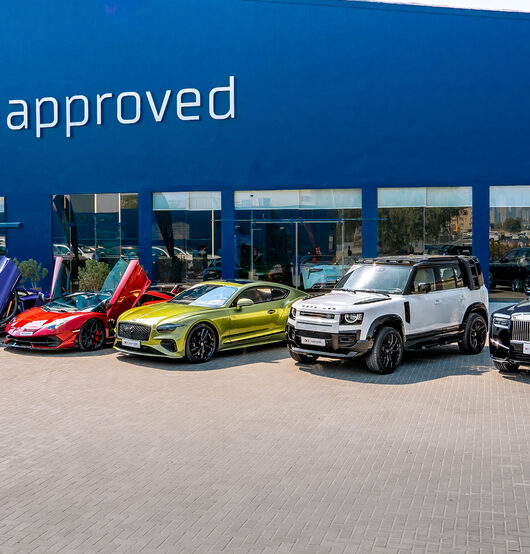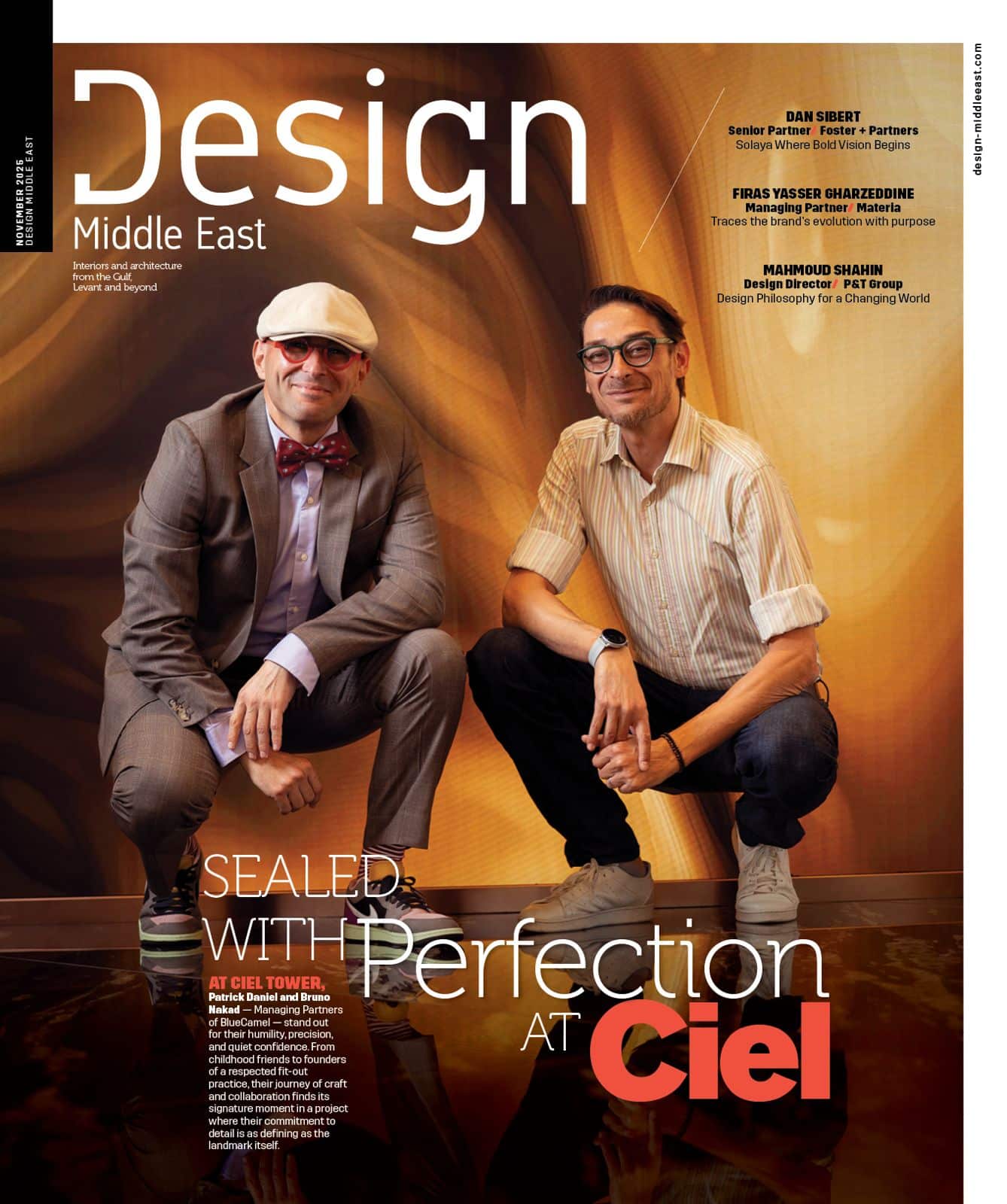 Susann Sonnenberg, Drees & Sommer’s Lighting & Sustainability Lead in Dubai, talks about how lighting can be used as a sustainable disinfectant and in treating diseases
Susann Sonnenberg, Drees & Sommer’s Lighting & Sustainability Lead in Dubai, talks about how lighting can be used as a sustainable disinfectant and in treating diseases
The most valuable asset of a company is the health and safety of its people. During these challenging times, preventing the spread of germs has become a vital part of the building development strategy. More attention is being paid to the environmental conditions in which we operate, the usage of things, the circulation in spaces and health determinants. As communities and corporates face unimaginable economic and physiological consequences of the current pandemic, the rapid mobilisation of potential clinical tools is critical.
Light has the most potent environmental influence on life and is a significant component that could reduce transmission risks in the future. By implementing safe and health-promoting light sources, companies can lower the risk of infection in their facilities, providing a safe environment for employees and visitors.
Since the first recorded influenza in history, our modern world has faced multiple pandemic-like diseases, and COVID-19 may not be the last. The concept of healing through light is not new, Niels Ryberg won a Nobel prize in 1903, in Medicine and Physiology when demonstrating the use of light as a disinfectant and treated diseases with light. Sunlight is the most superior light source and can function as a natural disinfection mechanism. Unfortunately, sunlight’s disinfectant processes are prolonged and not fast enough to stop the spread of a virus such as COVID-19. However, short wavelengths of the Ultraviolet light (UV-C) can be deployed to reduce the impact of germs by producing unique technologies of sanitation systems which are safe for humans.

Although light is known for its ability to significantly reduce health risks, it is often still underestimated in the design and built environment. Understanding the relationship between light and health is more important than ever and organizations that take an integrated approach to smart lighting will not only be able to provide safe and sustainable sanitisation, but can also reduce their light pollution, improve their energy efficiency and lower their operating cost. It’s equally important to ensure the safe handling of lighting where it’s already used as a sustainable disinfectant – for example in UV-C sanitisation – as it can be harmful to people if performed incorrectly.
Light disinfection has been tested and implemented within the healthcare sector for a long time. It has shown significantly better results than traditional methods and proven to reduce 99.999% of bacteria and 90% of environmental pathogens. As we endure the continuous and unforgiving impact of the pandemic, this concept may need to be adopted by other sectors as well. Hotel and retail operators should consider implementing sanitation lighting across outlets to not only fight but prevent the spread of germs.
At Drees & Sommer we advise building owners and operators on protective lighting protocols and develop tailored solutions that are in line with the latest scientific results. This empowers them to operate safely and sustainably while being able to give their customers and employees full confidence with the right health and safety measures in place to protect them.
We will never be able to fully replace humans when it comes to cleaning, hygiene and sanitization, but there are more scientifically proven applications and technologies then you may think. For example, lights that filter air and that can be integrated with a building’s air conditioning to ventilate and disinfect air are available here in the region and are well-suited for offices and other public spaces. Also available in the market, are lighting systems that can detect temperatures in a space or facility, which allows building owners and operators to run multiple building technologies efficiently on one system.
To ensure safe and sustainable operations in hospitality, retail or commercial real estate and to be well prepared for any future health crises that may arise, this is time to consider the implementation of effective and sustainable sanitisation lighting, whether you are a building developer, property owner or a hotel and retail operator.

